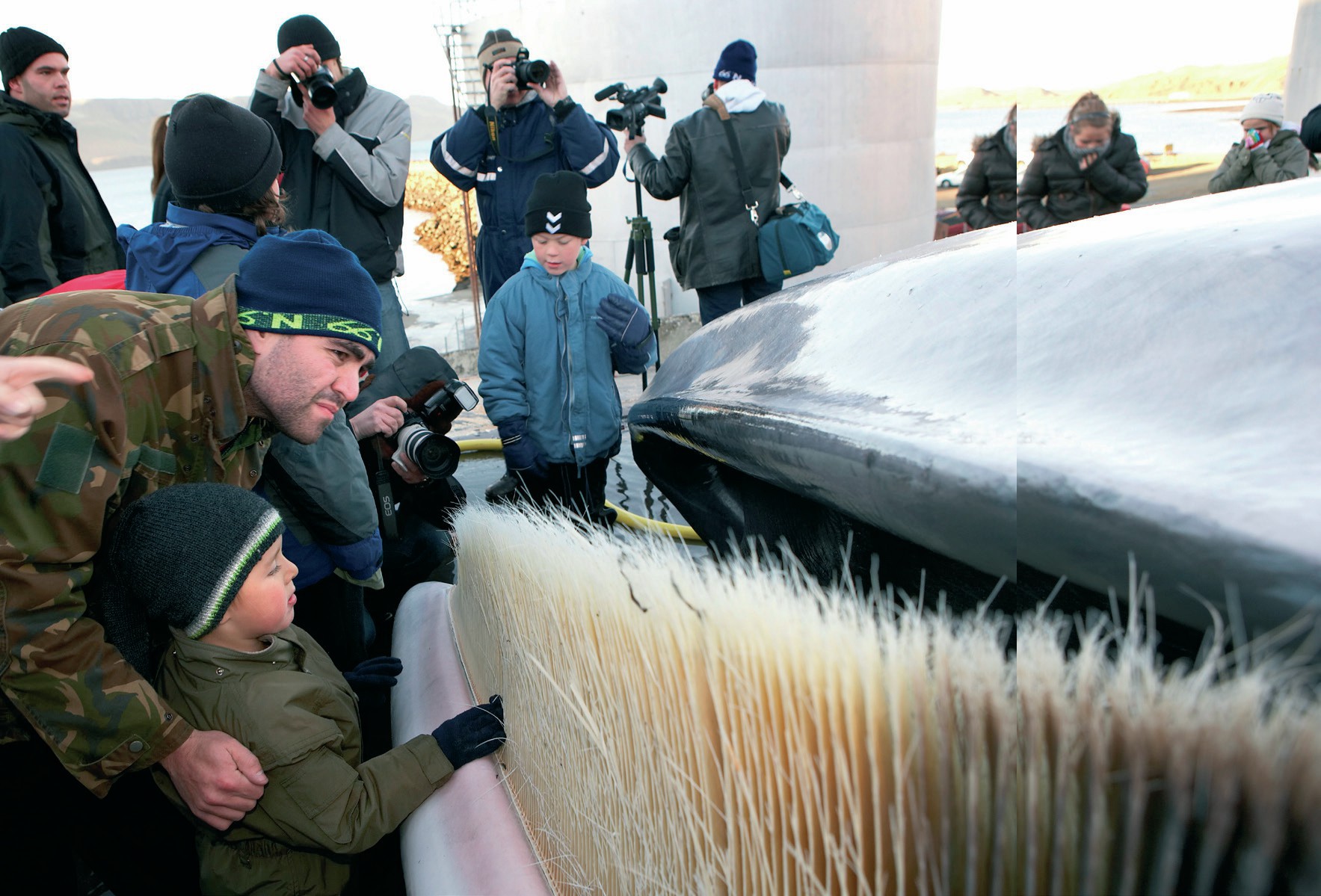
Keratins are proteins. They form filaments in the epidermal cells of vertebrates (see BIOLOGICAL SCIENCES REVIEW, Vol. 28, No. 2, pp. 15–19). Keratins consist of a central helical rod of protein and they are linked together by stable bonds between amino acids, thus conferring strength. The number of the bonds determines the hardness of the keratin — more bonds lead to harder keratin — but all keratins are highly resistant to mechanical stress and breakage.
Soft keratins are part of the protective outer layer of our skin, whereas hard keratins make up structures ranging from hair and fingernails to claws and quills. The dead part of a keratinised structure, such as a hair, consists of keratinpacked cells that have lost their nucleus and organelles and are therefore unable to metabolise any more. This process is called cornification and results from programmed cell death — a genetically regulated cellular process during which specific cells stop metabolising and die.
Your organisation does not have access to this article.
Sign up today to give your students the edge they need to achieve their best grades with subject expertise
Subscribe




